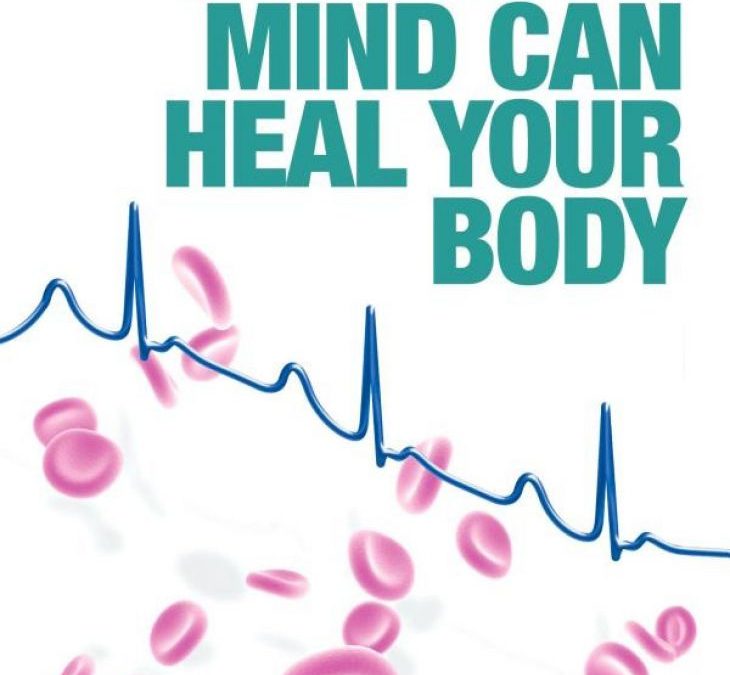We all know some of the hidden symptoms of PD like apathy, anxiety, stress, depression, and how some of these symptoms like stress can result in increased tremor and pain or discomfort. The other day I attended a very interesting workshop in Fulham, given by David Hamilton PhD, where he was discussing how the mind can heal the body (think placebo effect) and the power of visualization, belief. and positive thinking and their effects on the body. David is a former research chemist for a major pharmaceutical company and very science based in his thinking.
It occurred to me that combining the power of mindfulness meditation with visualization can give us a winning mind-body combination for managing and reducing PD symptoms. So Mindfulness and Parkinson’s have a unique and potentially positive relationship.
So first mindfulness and meditation. These are techniques for living in the moment and reducing stress. A good example is if we’re caught up in thoughts about what to fix for dinner, how to pay some bills etc. – we’re probably more likely to trip or fall since we’re not paying full attention to our environment. Mindfulness is simply paying attention to the moment – focusing on breath, or taste and texture if eating, or a scenic view or garden plant. Similarly meditation in its simplest form again is focusing on the breath or a sound and not being distracted by a wandering mind. There are many ways to learn these techniques and many books and downloads or CDs to aid one’s practice. I regard meditation and mindfulness as core strategies for better living with PD.
Now back to David Hamilton (his latest book is “How your mind can heal your Body” and he has several references to Parkinson’s and healing results). Adding visualization to our toolbox allows us some direction and purpose. So let’s say our left arm and hand lack flexibility and exhibit rigidity.
We can assemble a visualization where in our mind’s eye we see smooth and fluid movement like a dancer or tai chi practitioner and focus on that for maybe 5 to 10 minutes several times a day. We could also assemble a visualization where we see our Sinemet tablet having three times the beneficial effect it normally has when we swallow it “mindlessly” in our daily routine. This might allow us to function with less medication.
And the best parts of mindfulness, meditation and visualization practices – they’re free and no one needs to know you’re doing it and you can do it anywhere (although not while driving!). That being said, early morning and late evening are perhaps preferred times for practice.
Finally here’s a clip of David Hamilton talking about how your mind can heal your body:
Wishing you well,
Brian


